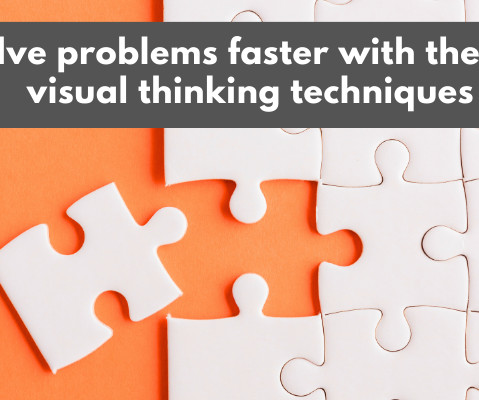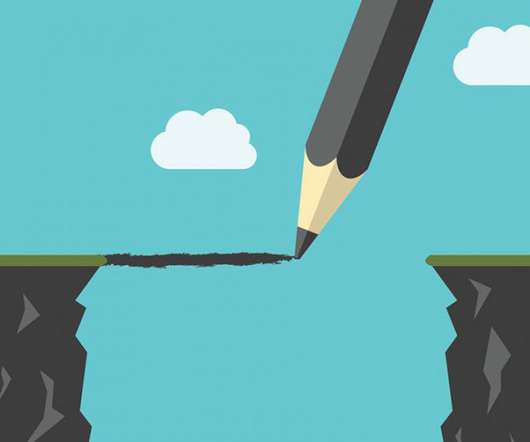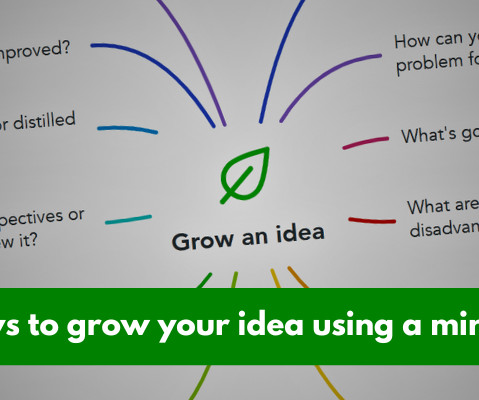The five whys method: How to unlock innovative ideas
MindManager
JULY 13, 2023
In this article, we’ll delve into the powerful method of the five whys, which seamlessly combines brainstorming and problem-solving techniques. Find out how this method can help you determine the reasons behind problems, untangle issues, and devise clever solutions. What is the five whys root cause analysis?


















Let's personalize your content